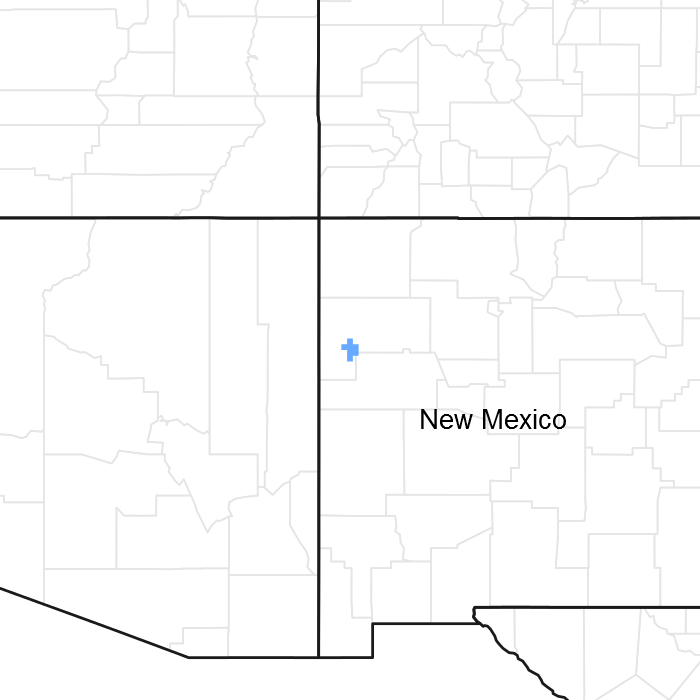Ecological dynamics
Woodland vegetation is distinguished from forest vegetation by having smaller trees with
canopies that do not overlap. Grasses are more prevalent since the trees are moderately to widely spaced. The terrain is dry and rocky and characterized by limited moisture.
State and transition model
More interactive model formats are also available.
View Interactive Models
Click on state and transition labels to scroll to the respective text
State 1 submodel, plant communities
State 1
Historic Climax Plant Community
Community 1.1
Historic Climax Plant Community
The potential plant community on this site is a mixed stand of pinon pine, oneseed juniper, and Rocky Mountain juniper. Shrubs, perennial grasses and forbs are common in the understory. Canopy cover in mature stands range from 50-70%. Mature tree heights average 25 feet. The aspect is coniferous woodland.
The lower limit of these woodlands is controlled by drought and soil moisture regimes. These woodlands occur below the ponderosa pine belts and on steep, northern aspects at lower elevations.
Natural fire-free intervals averages two to six centuries. Natural fires are crowning, intense, and cover large areas. Other fires tend to be single-tree lightening caused fires. That do not spread due to lack of herbaceous understory. In wetter soil areas on steep north exposures, quaking aspen is successional to higher numbers of long pinon. After stand replacing fires, shrubs (mountain mahogany, oak, and New Mexico locust) can form into dense growth. The shrubby aspect yields in time to pine and juniper.
Major sources of natural disturbance are changes in climate, grazing, and infestation of insects. Bark beetles beetles of the genus ** attach pines and during drought infestations can kill healthy trees. These outbreaks and climate are bigger ecological drivers than fire in these systems.
Exclusion of wildfires favor pine and Rocky mountain juniperwhich are more shade tolerant to than one seed juniper tolerant Fire exclusion allows stands to thicken, making it easier for mistletoe to spread and suppressed growth weakens trees increasing attack by pine beetles. Allowing fires to burn naturally in open stands takes out damaged trees and favors one or two storied forests less conducive to spruce budworm outbreaks.
Tree stocking in these woodlands range from ***. Canopy cover in mature stands averages ***.
Periodic severe drought can occur in this region. Stand replacing fires usually follow periods of severe drought.
Additional community tables

